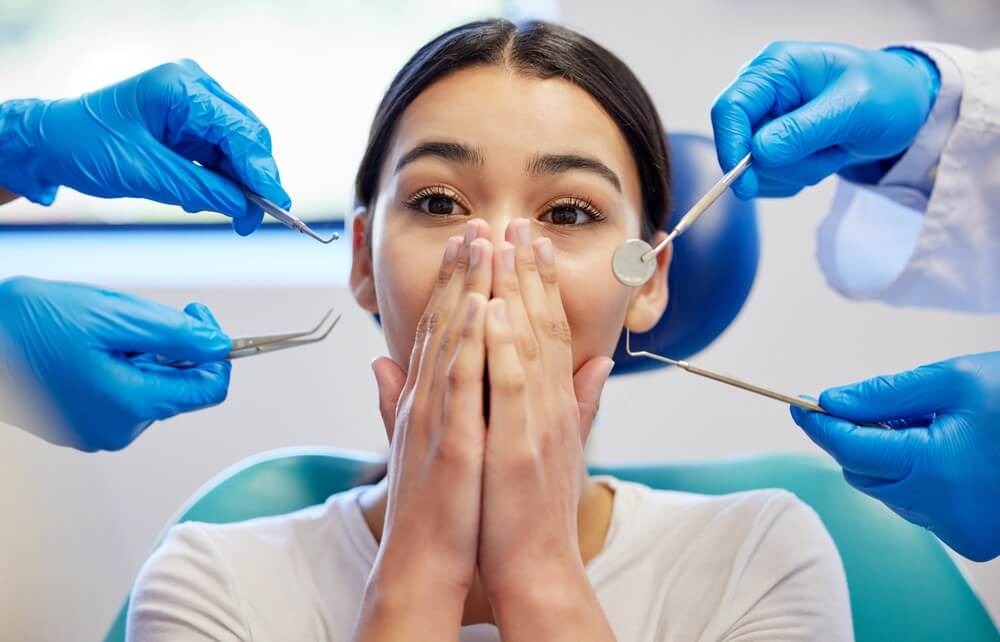For many people, a visit to the dentist stirs up more than just mild unease — it can trigger full-blown anxiety. From the sterile smell of the clinic to the whirring sound of drills, dental phobia is a real and often debilitating experience. In fact, it’s one of the top reasons adults delay or avoid oral care altogether. But what if there was a way to make dental visits calm, comfortable, and even restful? That’s where sleep dentistry comes in — a modern approach that’s transforming anxious dental experiences into peaceful ones.
The Rise of Relaxed Dentistry
The past decade has seen a quiet revolution in dental care: the move toward patient comfort. More clinics are designing spaces that soothe — with calming scents, ambient lighting, and gentle music — while dentists increasingly use sedation techniques that help patients relax or even doze through their procedures.
Sleep dentistry, also known as sedation dentistry, goes a step further. It uses mild to deep sedation methods that calm both the body and mind, helping patients receive care without fear or distress. Whether it’s a simple cleaning or an implant procedure, the experience becomes smoother, faster, and far less intimidating.
This shift isn’t just about technology; it’s about empathy. Dentists today understand that managing patient anxiety is part of good care. Through specialised training, sedation dentists trained in sleep dentistry use proven, safe methods to tailor each patient’s level of sedation — ensuring maximum comfort while keeping safety as the top priority.
How Sleep Dentistry Works
Sleep dentistry isn’t a one-size-fits-all solution; it’s a spectrum of relaxation. Depending on the treatment and anxiety level, a dentist may recommend:
- Minimal sedation – You’re awake but calm; often achieved with nitrous oxide (laughing gas).
- Moderate sedation – You’re conscious but drowsy, with little memory of the procedure.
- Deep sedation or general anesthesia – You’re completely asleep throughout treatment.
Each method is carefully monitored by qualified professionals, with equipment that ensures oxygen, heart rate, and blood pressure are stable throughout the process. The goal isn’t simply to “knock you out,” but to create an environment where your body relaxes and your mind lets go of fear.
The result? Procedures that once felt impossible — root canals, wisdom tooth extractions, or even cosmetic transformations — become seamless experiences. Patients often report waking up feeling refreshed and surprised at how effortless everything seemed.
The Psychology Behind Dental Fear
Dental anxiety often runs deeper than nerves. It’s emotional, psychological, and sometimes rooted in past trauma. For some, a single painful or dismissive encounter in childhood leaves a lasting imprint. For others, it’s about loss of control, fear of judgment, or embarrassment about oral health. Even the sound of equipment or the sight of the chair can trigger stress responses similar to those experienced in real danger.
Recognising these emotions is the first step toward addressing them. Many modern dentists now combine sedation options with patient education, transparent communication, and even relaxation techniques like guided breathing or mindfulness. Together, these approaches retrain the brain to associate dental care with calmness rather than fear.
Who Benefits Most from Sleep Dentistry?
While anyone can choose sedation for comfort, certain groups particularly benefit:
- Patients with severe dental anxiety or phobia
- Those undergoing complex or lengthy treatments
- People with a strong gag reflex
- Children or adults with special needs
- Patients with low pain tolerance or difficulty sitting still
For these individuals, sleep dentistry can mean the difference between avoiding the dentist and restoring full oral health. It allows dentists to complete more work in fewer appointments — a huge advantage for those who dread returning for multiple visits.
Modern Dentistry’s Calmer Future
As patient comfort becomes central to dental care, clinics across Australia are reimagining what a “dentist visit” means. What was once sterile and stressful is becoming serene and supportive — blending cutting-edge science with compassion. From the moment patients walk in, the focus shifts from fear to trust, from tension to calm.
Sleep dentistry represents this new era: one where anxiety is met with understanding, and technology is used not just to repair smiles, but to heal the emotions tied to them.
In 2025 and beyond, this approach will continue to evolve — integrating digital sedation monitoring, AI-assisted patient screening, and even personalised relaxation profiles based on real-time data. The goal remains simple: helping every patient feel safe, seen, and at peace in the chair.
By exploring the triggers behind dental anxiety, both patients and professionals can better understand how fear takes root — and how sleep dentistry can finally quiet it for good.

